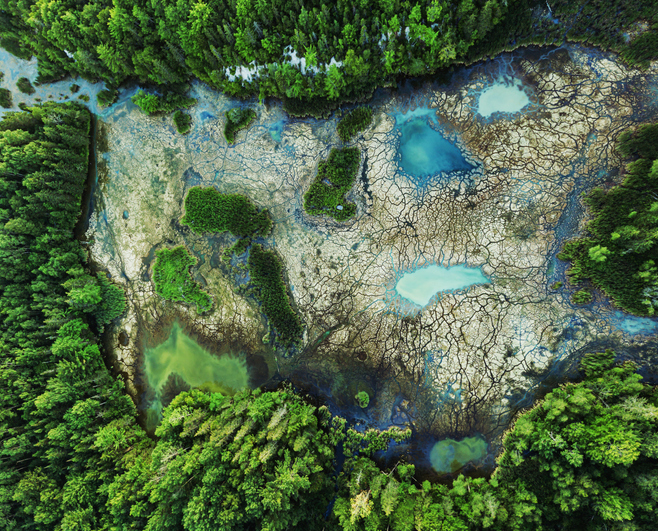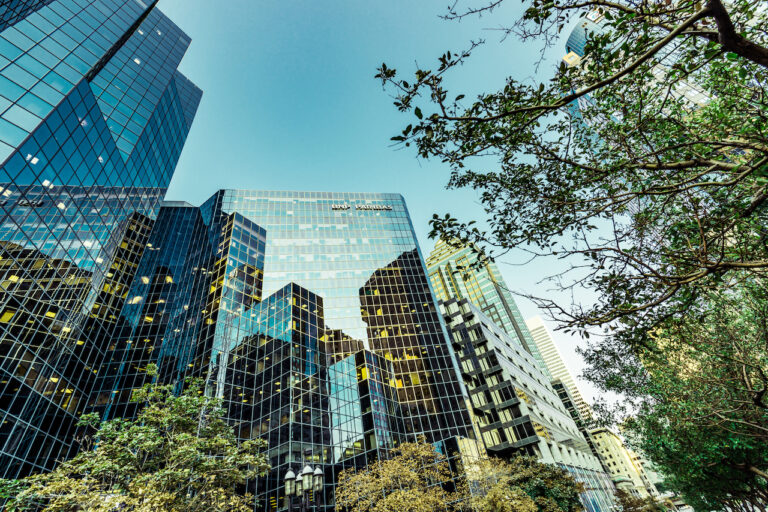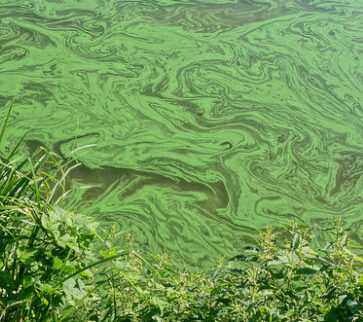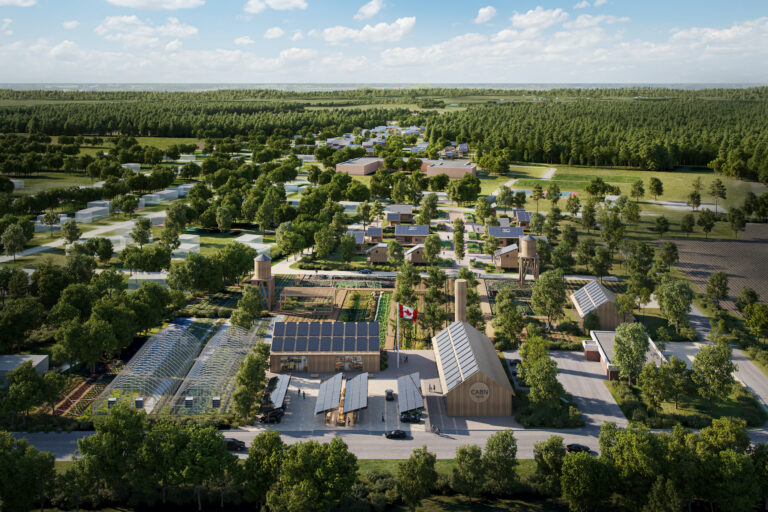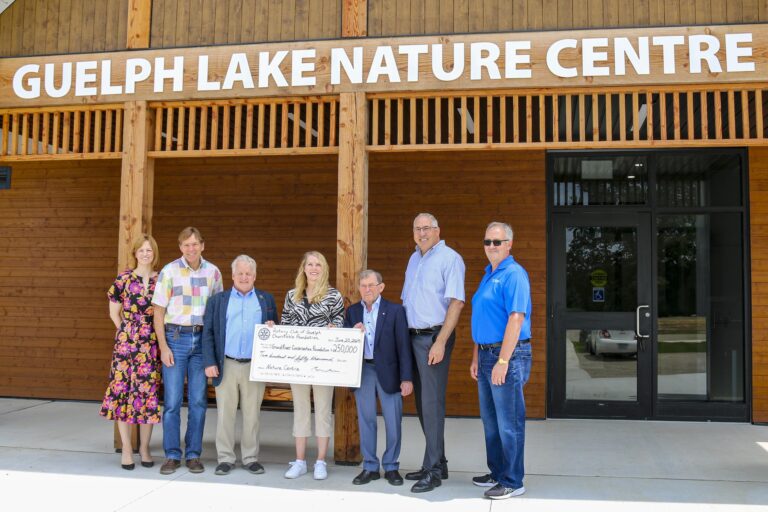Wednesday, July 2, 2025
Three new case studies—co-developed by the Canadian Institute for Climate Choices of Canada Institute and Smart Prosperity Institute—provide important insights into the possibilities for urban natural infrastructure in Canada.
Infrastructure is made up of the underlying structures that makes our country and economy function, and nature is one of our most valuable assets.
Governments at all levels too often undervalue natural infrastructure such as wetlands and trees relative to “grey” infrastructure (sewers, drains, dams). Natural infrastructure is often more cost-effective than grey infrastructure and offers a broader range of societal benefits. In contrast to grey infrastructure, which loses value over time, natural infrastructure can actually appreciate in value and extend the life of grey infrastructure. And Indigenous-led initiatives can play a major role in improving recognition of interconnectedness of nature and well-being.
Wetlands Can Be Infrastructure, Too
Protecting and restoring wetlands will be critical to both reducing greenhouse gas emissions and adapting to a changing climate.
Can Green Roofs Help Cities Respond to Climate Change?
Green roofs help to cool the air, absorb excess water, and reduce energy use while supporting biodiversity and making cities more liveable.
Forests deliver many benefits to cities, including offering refuge in heatwaves, sequestering greenhouse gas emissions, limiting flooding, and providing mental and physical health benefits.





